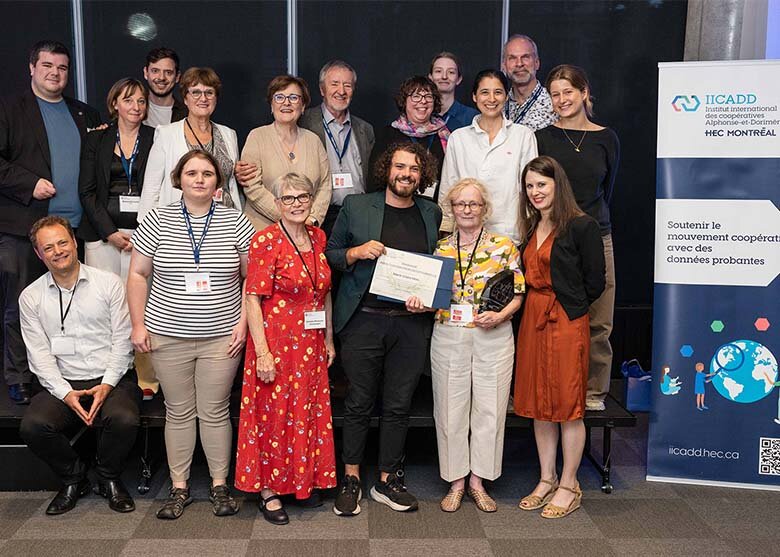Research and knowledge transfer
Ten years after the municipal demergers: in the end, who is benefiting from the reform?
October 4, 2016
“On one hand, some cities were not equipped to assume a metropolitan role. On the other hand, the governance model established by the government at the time of the demergers has proven to be a compromise solution that hasn’t always served the best interests of the regions concerned,” says CPP Director Robert Gagné. “In the end, the reconstituted municipalities regained their taxation powers and their residents got their names back, but ultimately today they all remain part of an agglomeration, a supra-municipal administrative level whose governance is beyond their control.”
To do so, the researchers divided their study into two parts. They started by comparing the spending recorded by the reconstituted municipalities since the demergers with that before the mergers, to identify how the merger-demerger process affected growth in municipal spending. They then focused on the years since the demergers, to determine whether the management model introduced at that time has had an impact on growth in spending by the reconstituted municipalities.
“While it was not a strictly metropolitan phenomenon, the demergers mainly affected the major urban centres. That’s why we focused our study on the reconstituted municipalities in the Montréal, Quebec and Longueuil agglomerations,” says Robert Gagné. “We wanted to both measure the impact of the merger-demerger process on their spending and better understand the repercussions in terms of the governance model followed since the demergers in 2006.”
The big losers in the mergers
First of all, the analysis shows that the reconstituted municipalities in the Longueuil agglomeration were the only ones negatively affected by the merger-demerger process. In 2001, before the mergers, Brossard spent 26% less than the average for municipalities of the same size, whereas after the demergers the city not only made up the gap that had separated it from its comparison group but outpaced it by 19%. The municipalities of Saint-Bruno-de-Montarville, Saint-Lambert and Boucherville already spent 2%, 8% and 9% respectively more than the average of their respective peers in 2001 before the mergers. These rates exploded to 48%, 32% and 64% following the demergers.
Why this jump? “By indiscriminately applying the merger model developed for Montréal to all metropolitan areas, the Quebec government tripled the size of Longueuil, even though the city didn’t have the necessary structures to cope,” Gagné says. “This greatly increased the pressure on the cost of municipal services. With the result that between 2001 and 2005 – one year before the mergers and one year before the demergers – average per capita spending in Longueuil grew 2.7 times faster than in the Quebec City urban community, and 5.4 times faster than in the Montréal urban community.”
A different picture
While a lot has been written about the demergers since 2006, the CPP study reveals an entirely different picture than the one that has been widely reported in recent years. In Quebec City, it seems that the reconstituted municipalities are just as responsible for the increase in their spending as is the centre city. “Generally speaking, we see that the administrations have taken advantage of the increase in property values to collect more taxes from their residents,” Gagné notes. “On the other hand, most of the growth in spending by the reconstituted municipalities in the Longueuil agglomeration is attributable to higher local spending.” In this case, an imbalance in wealth with the centre city is to blame. Longueuil pays for only 47% of agglomeration services given its relative wealth, although it is home to 57% of the population in the agglomeration. Finally, the findings are less clear-cut for Montréal, but in general it seems that aliquot shares have generated most of the increase in spending by the reconstituted municipalities.
Some recommendations
In the light of these observations, what should be done to solve the continuing governance problems? “Our study shows that a user-pay system could be the most acceptable solution,” Gagné maintains. “Rather than using an equalization system to fund agglomeration services where the wealthier municipalities are overbilled, the bill sent to reconstituted municipalities should be based – as much as possible – on what they use. In addition to avoiding another unproductive debate on the merger question, user-pay billing would make it possible to put the main governance problems in greater perspective, largely by increasing transparency and bringing balance to agglomeration funding.”











